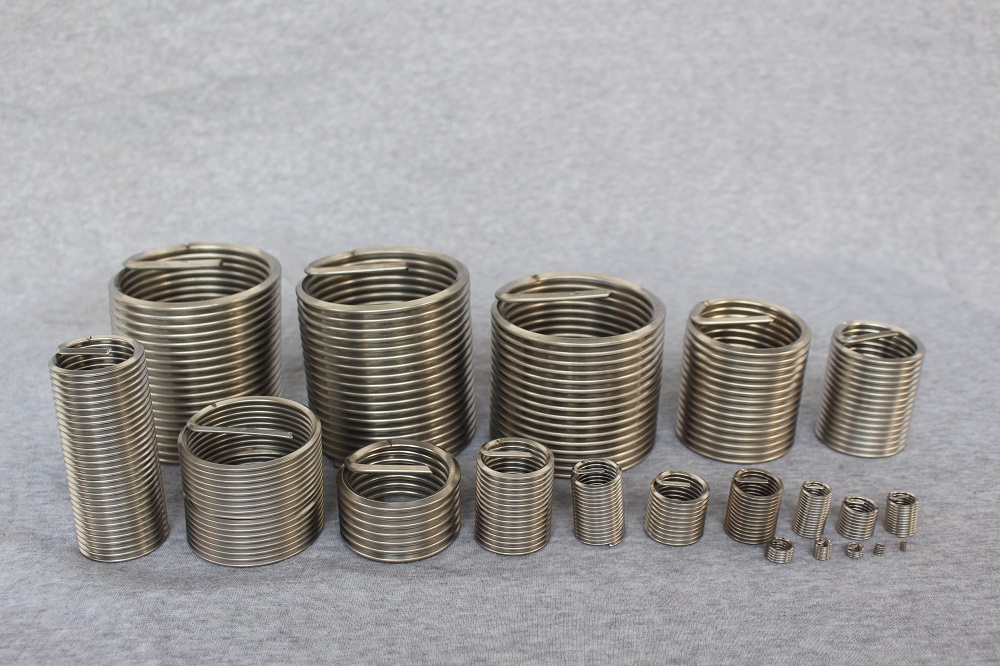In many work areas, there are confined spaces. These areas are very narrow, and whether they are entering, leaving or working here, the operation of personnel will be limited. The German Employer’s Liability Insurance Association stipulates that the air volume is less than 100 cubic meters and there is no natural air exhaust device, or the space of length, width, height and diameter less than 2 meters is a confined space.
Limited space, together with the inaccessibility of air or other substances, agents, or the presence of instruments in the room, can cause special hazards that are significantly higher than the potential hazards that are common in the work area. As the dangers caused by the gas gradually increase, it is necessary to consider cleaning or repairing the confined space. The air in the confined space is unobstructed, and the presence of harmful substances or disposition agents can cause special hazards, which clearly exceeds the potential dangers common in the workshop. As the dangers caused by the gas gradually increase, it is necessary to consider cleaning or repairing the confined space. There are confined spaces in many areas, including waste management companies, chemical and petrochemical industries, oil and gas production, transportation, transportation and logistics, container construction and maintenance, and agriculture. Applications include: water tanks, boilers, fractionation columns, containers, silos, wells, pipelines, coal mines, pipes, mould tanks, warehouses, sewage treatment plants, etc. Staff must be trained in this area. The safety level is usually measured before starting work, and the equipment is then repaired.
The main dangers in confined spaces are:
·Formation and agglomeration of explosives (“combustible gas†measurement)
· Hypoxia or excessive oxygen ("Oxygen" measurement)
· Formation and accumulation of toxic substances (measurement of "toxic and harmful gases")
• Combustible gas measurements and oxygen measurements are mandatory measurements.
• The concentration of oxygen in the restricted area is less than 19.0 vol%, indicating a risk of asphyxia. An oxygen concentration of more than 23.0 vol % means that all substances are liable to catch fire and the temperature of the material is high, including protective clothing that is fire-resistant under normal circumstances.
Therefore, only professional and technical personnel can carry out maintenance, inspection, maintenance and cleaning work. If the above work needs to be carried out in a container or confined space, there is bound to be a danger. Before entering a confined space and/or container, check whether the work area is safe and whether it needs to be arranged accordingly, for example, with a set of ventilation equipment.
Is there any poison or explosive in the area? If it does exist, what is it? What is the amount of oxygen there? If the security level measurement can be implemented correctly, these two problems can be solved. If the container has been completely emptied, it still plays an important role in risk assessment, whether or not there is a release of gaseous pollutants or dangerous substances.
Measuring plant safety levels requires expertise in selecting and applying appropriate measurement methods. Similarly, a reliable assessment of the results can only be made with the right professional knowledge; it is also important to have comprehensive training and preparation. To make your life easier, we will provide you with mobile training devices for your work in containers and confined spaces. In this specially designed training unit, we can realize many different usage scenarios and simulate dangerous situations in your premises for a period of time. In terms of safety engineering, equipment and systems must operate correctly. In addition, the user must be very familiar with the operation of the device. Only by learning theoretical knowledge can you not master this skill. Practice makes perfect here as well.
This article is a reprint of online media. It only represents the author's point of view. It has nothing to do with this site. If news articles and comments infringe your legal rights, please call us and we will handle it in a timely manner.
Stainless steel thread inserts are mainly 304 stainless steel, 321 stainless steel, 316 stainless steel. 304 stainless steel is a common material in stainless steel with a density of 7.93 g/cm3, also known as 18/8 stainless steel. With high temperature resistance of 800 °C, it has the characteristics of good processing performance and high toughness. 321 stainless steel is Ni-Cr-Ti type austenitic stainless steel, which has abrasion resistance, high temperature resistance, creep resistance, etc., and is used for manufacturing lining and conveying pipeline of wear-resistant acid container and wear-resistant equipment. 316 stainless steel is an austenitic stainless steel. Due to the addition of Mo element, it has a great improvement in corrosion resistance and high temperature strength. It can withstand high temperatures up to 1200-1300 degrees and can be used under harsh conditions.

Stainless Steel Thread Insert,Stainless Threaded Inserts,Stainless Steel Inserts,Stainless Steel Inserts
Xinxiang Donghai Industry Co., Ltd. , https://www.thaicoil.com